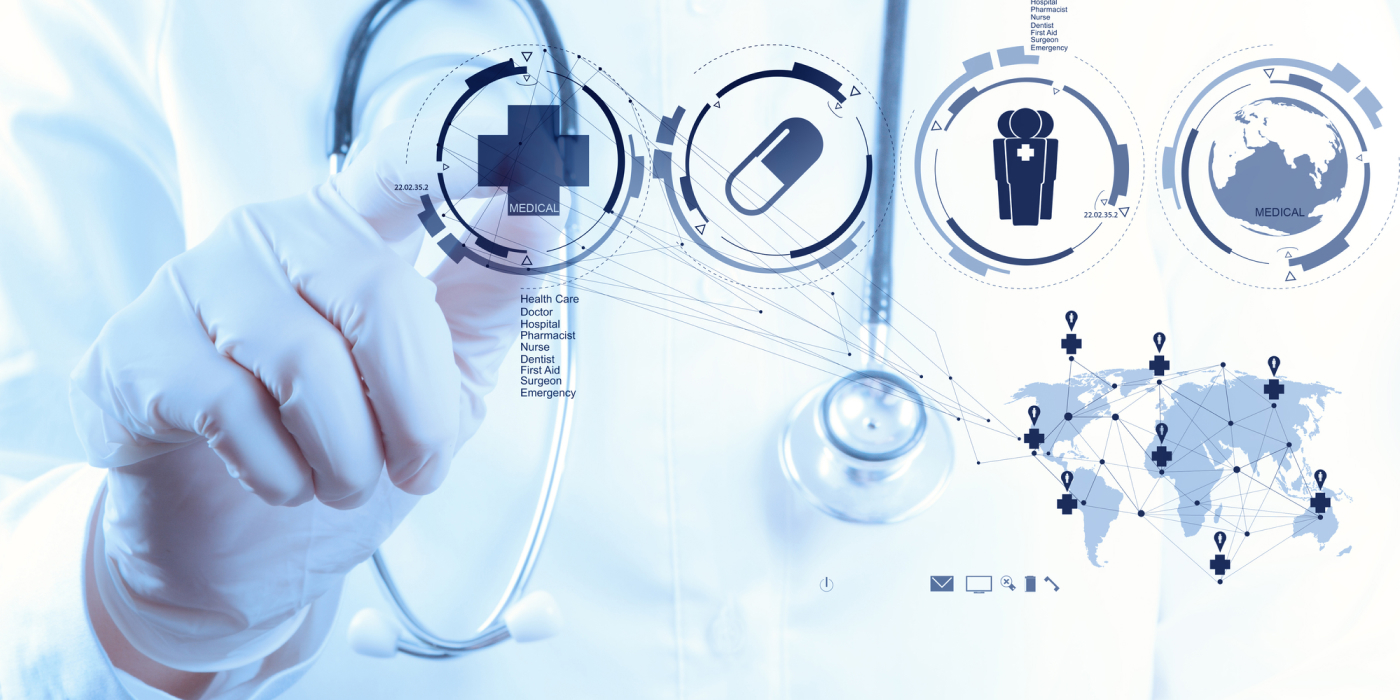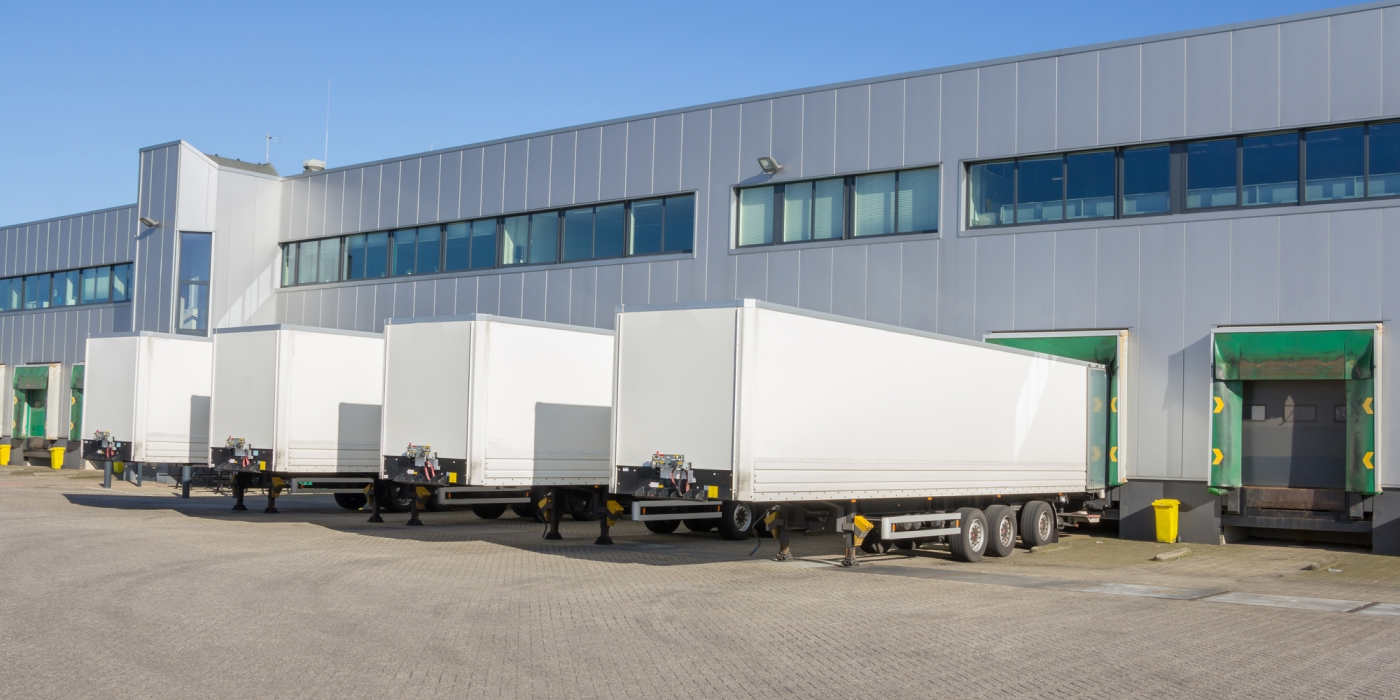Streamlining Last-Mile Delivery in Healthcare
The last-mile delivery of pharmaceuticals is a critical stage in the healthcare supply chain. Ensuring timely and safe delivery of medications to patients is essential for their well-being. However, last-mile pharmaceutical delivery is often the most complex and challenging part of the delivery process. This is because pharmaceutical products often require special handling and transportation conditions, including temperature control and strict regulatory compliance.
There are a number of factors that can contribute to inefficiencies in last-mile pharmaceutical delivery.
Unpredictable Demand
The demand for pharmaceutical products can fluctuate significantly, depending on factors such as the time of year, the occurrence of public health events, and the launch of new drugs. This can make it difficult to plan and optimize last-mile delivery routes. Additionally, the aging population is growing which is increasing the demand for pharmaceutical products and the need for fast and efficient pharmaceutical delivery services.
Complex Regulations
Pharmaceutical products are subject to a number of regulations, which can add complexity to the last-mile delivery process. For example, pharmaceutical products must be transported in temperature-controlled vehicles, and they must be delivered to secure locations. Delivery personnel need specialized training on handling pharmaceuticals as adhering to regulatory requirements is essential. Proper training ensures compliance with industry standards and reinforce patient safety protocols.
Limited Resources
Pharmaceutical companies often have limited resources to invest in last-mile delivery. This can make it difficult to implement new technologies and processes that can improve efficiency. Pharmaceutical delivery requires specific resources including temperature-controlled vehicles and storage to ensure that products are delivered in optimal condition. Limited resources can contribute to poor delivery performance, inferior product quality, and inadequate patient care.
Here’s a look at some effective strategies to streamline last-mile pharmaceutical delivery and optimize patient care.

Utilize Technology
Technology can be used to improve the efficiency and accuracy of last-mile delivery. For example, implementing advanced software that uses real-time data to optimize routes ensures that drivers take the most efficient path to their destination, delivery times can be reduced, and fuel costs minimized. Real-time tracking and delivery management systems provide visibility into the last-mile delivery process. This enables logistics providers to identify potential delays, anticipate issues, and make real-time adjustments to ensure on-time delivery.
Autonomous robots can help healthcare businesses increase fulfillment speed and efficiency to adapt to increasing delivery demand more quickly. Concordance Healthcare Solutions has partnered with Locus Robotics to increase warehouse efficiency, help control costs, and enhance employee productivity. The company has integrated Locus’ autonomous mobile robots into its warehouse distribution network. The robots provide a scalable and flexible way to optimize productivity in the order fulfillment process and lower order cycle times.
Partner With Third-Party Logistics Providers
Pharmaceutical deliveries are unique. They often require the transportation of temperature-sensitive medications or handling controlled substances. It is imperative that delivery personnel understand these nuances and are trained to handle sensitive products. For companies that want to provide last-mile delivery service without investing in specialized training or vehicles, they can work with third-party logistics providers.
Utilizing local delivery partners and courier services allows for quick and efficient delivery of critical medications. They can ensure accurate temperature and humidity conditions that are crucial to preserving the quality and integrity of sensitive pharmaceutical products during transit and safeguarding the patient.

Invest in New Infrastructure
Businesses such as pharmacies, distributors, and delivery providers can invest in new infrastructure, such as temperature-controlled warehouses and delivery vehicles, to improve the efficiency and security of last-mile delivery. An increase in diseases in the U.S., the aging population, as well as growing demand for prescription drugs are some factors leading to an increased number of prescriptions being filled by retail pharmacies. As a result, retail pharmacies are expanding their fulfillment infrastructure.
Earlier this year, Walgreens opened its ninth automated micro-fulfillment center to fill prescriptions and ease pharmacist workloads. The drug store chain’s micro-fulfillment centers use robots to fill prescriptions, eliminating routine tasks and excess inventory from the pharmacy. Automated facilities now support around 3,000 stores. By eliminating certain repetitive tasks, the company hopes to create a work environment that’s more attractive to healthcare workers.
By understanding the complexities of pharmaceutical last-mile delivery and implementing strategic innovations, companies can streamline this process, ensuring timely, secure, and efficient deliveries. Implementing these strategies can help companies streamline last-mile delivery and improve the overall patient experience.
For more information about how our delivery management solution can help you manage your delivery operations more efficiently, please contact info@bringoz.com.
